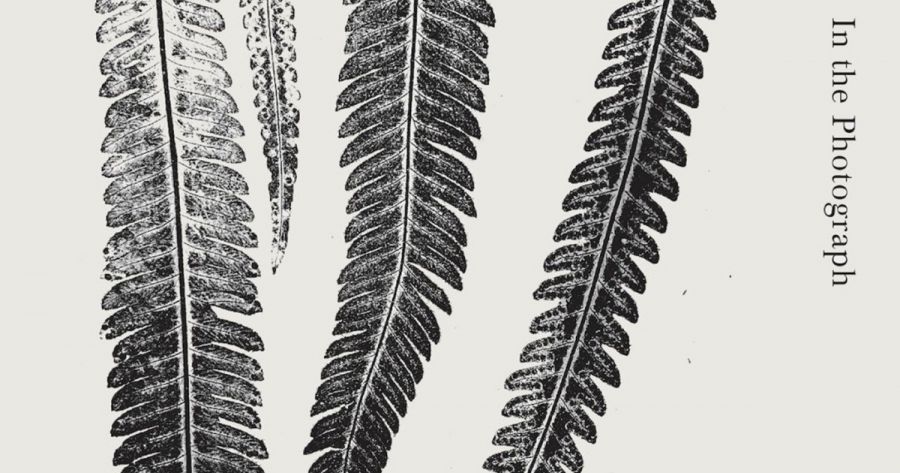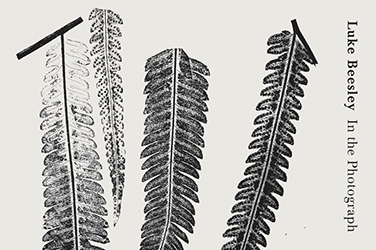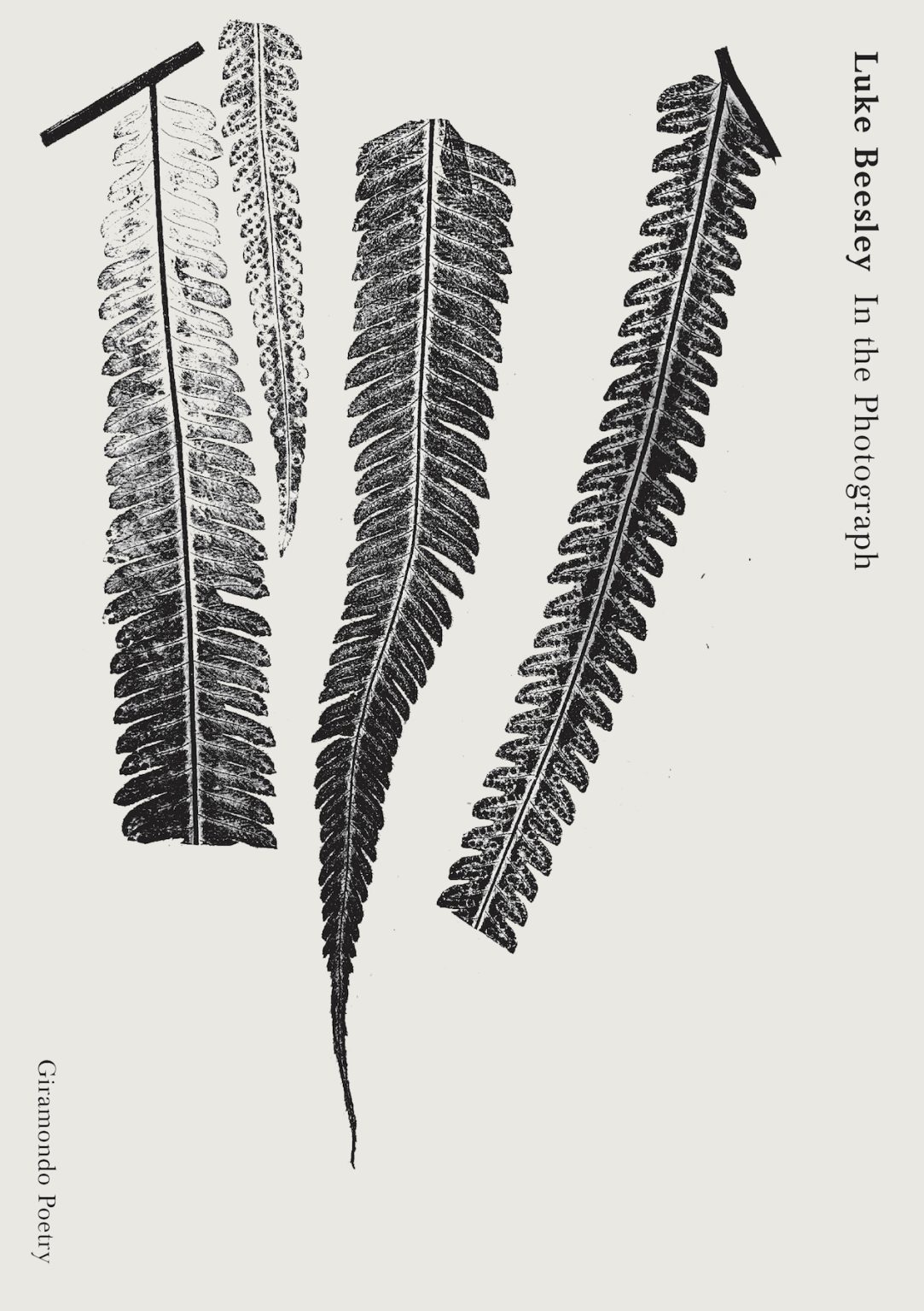
- Free Article: No
- Contents Category: Poetry
- Review Article: Yes
- Article Title: Snap!
- Article Subtitle: Making the familiar truly strange
- Online Only: No
- Custom Highlight Text:
For a long time, Australia has had a conservative poetry culture. In the nineteenth and early twentieth centuries, when modernist poets in Europe, Asia, America, and – somewhat belatedly – the United Kingdom revolutionised international literature, Australian poets continued writing mainly conventional verse.
- Featured Image (400px * 250px):

- Alt Tag (Featured Image): Paul Hetherington reviews 'In the Photograph' by Luke Beesley
- Book 1 Title: In the Photograph
- Book 1 Biblio: Giramondo, $26.95 pb, 144 pp
- Book 1 Cover Small (400 x 600):

- Book 1 Cover (800 x 1200):

Now, in 2023, Australian poetry is dominated by an often ‘confessional’ free verse at a time when even the slow-to-move poetry culture in the United Kingdom is becoming increasingly radicalised. This radicalisation is marked by the rise of various forms of literary hybridity, much of which extend the innovations introduced by the nineteenth- and twentieth-century modernists.
In Australia, various poets have demonstrated a serious commitment to hybrid or prose-poetical forms. Among them are Gary Catalano (1947–2002), Vicki Viidikas (1948–98), Ania Walwicz (1951–2020), joanne burns, Samuel Wagan Watson, Prithvi Varatharajan, Cassandra Atherton – also an international scholar of prose poetry – and Luke Beesley. Indeed, in his new volume, Beesley comments on the literary developments mentioned above, writing: ‘Snap. The twig collapsed under the pressure of handwriting – that word insignia at the beginning of the 1920s, the birth of Surrealism, the lips of the trees and the textured wind pouting, pressure in my left hand’ (‘The Shoot’).
Although marketed as poetry, Beesley’s author note says his works began as ‘short fiction’. He refers to his finished works as ‘poems’, but many of them still read like short fiction, microfiction, or poetic prose – partly because a good number extend over two, three, or four pages. The international consensus about a prose poem’s length, as summarised by United Kingdom scholar and prose poet Jane Monson, is that it should be ‘no more than a page, preferably half of one, focused, dense’. Beesley’s works in this volume tend to dilate – a departure for a poet whose previous prose poetry is mostly shorter.
The volume’s exploration of a hybrid poetic prose is characterised by sometimes light-hearted surrealistic gestures that disrupt narrative expectations, along with a pursuit of ekphrastic modes. It demonstrates a sophisticated awareness of the absurdity of domestic and quotidian life. And the best works make the familiar truly strange, asking readers to recalibrate their perceptions.
Beesley is fascinated by how observation connects to the imagination, and how this may – or may not – be communicated in language. For example, in ‘That Landscape Again’, a taut and compelling prose poem, he invokes an evening scene as a painting; or a painting as an evening scene, problematising the idea of ekphrasis even while making an ekphrastic work:
When he looked back to his balcony, he could sense a party.
Night Lights was the painting. Frozen, crouched, arms forward, hands relaxed, dipped forward, too, head turned, looking at the viewer, caught, mouth open, shocked intake of breath, single bristle of the brush, blue in the blackish lips, appreciation of chalk (white) to bring the bright light, chiaroscuro, revealing the width of the brush the artist used.
In the Photograph is continually preoccupied with the performative play of language, and with troping on life imagined as literature or art, and vice versa. Many of its allusions are to literary works – and to films, musicians, visual artists, and poets. Numerous linguistic sidesteps create a persistent sense of narrative disruption and disjuncture, including punning word associations. One of Beesley’s primary techniques is the non sequitur, ensuring that there are no reliable narratives available. Such techniques constitute an often deftly constructed quizzing of narrative’s resources.
However, the purposes of such destabilisation are not always readily apparent beyond literary playfulness. Although Beesley mentions dreams a good deal and conjures with the names of writers such as André Breton, his work is not surrealistic in the manner of the Europeans of the 1920s, simply because he does not attempt to unify reality and dreams into a surreality. Even when he says in ‘Accurate Paper Aiming’ that a scene he evokes ‘was a scene of genuine Surrealism’, he immediately makes a complex pun about this assertion, writing, ‘I began to have the idea of what might be called the life of animals in the inanimate.’ Such techniques have the hallmarks of the postmodern, and the works in this volume may be read as neo-surreal – twenty-first century riffs and variations on the idea of the surreal.
In North America, many writers, including Anne Boyer, Charles Fort, and Claudia Rankine, have been stretching the boundaries of the poetic through sophisticated hybrid and prose poetical modes of writing. Although In the Photograph’s literary self-consciousness is sometimes distracting, nevertheless it makes a notable contribution to these emerging literatures.


Comments powered by CComment